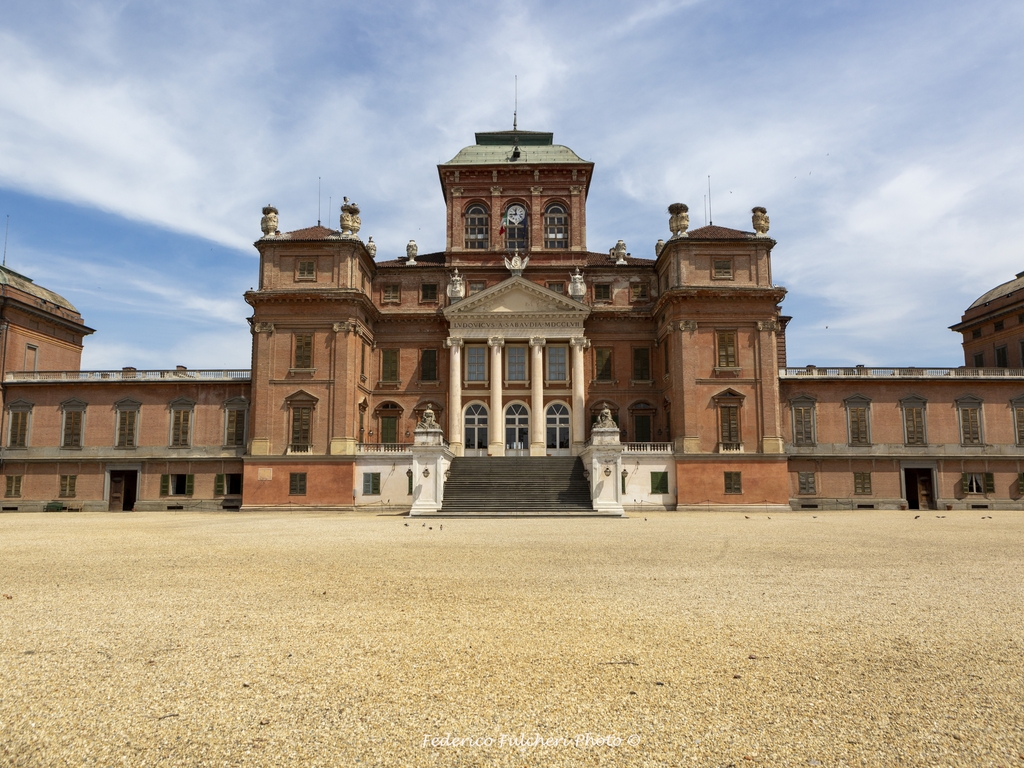Most likely founded on the ruins of an ancient monastery around the 11th century, as a stronghold of the Marca of Turin, the castle later passed to the Marquises of Saluzzo, who used it to defend their territories. In the second half of the 1400s the castle passed into the hands of the Savoia family.
The original structure of the castle was transformed during the seventeenth century: in 1670 André Le Nôtre designed the garden inspired by the French taste of Versailles, while in 1676 Guarino Guarini undertook a comprehensive renovation, never completed but resumed by Giambattista Borra in 1755. The latter came from archaeological travels in the Near East and on this influence he designed the salons inspired by the myths of Hercules and Diana, or rich in the exoticism of an era that discovered China through objects and wallpapers.
With the accession to the throne of Charles Albert, the residence assumed its present appearance. In 1820 the German gardener Xavier Kurten redesigned the green spaces with the aim of bringing inside the walls the wonderful landscape that could be admired outside, made of groves, bushes typical of the plain and large rivers, while the decoration and rearrangement of the interiors were entrusted to Pelagio Pelagi who, with a neoclassical taste, made the Castle unique in its kind. The latter was also the creator of the Margaria with the greenhouses, neo-gothic architectural triumph.
The castle also offers Art Deco style twentieth-century environments as well as a unique gallery that, at the behest of Umberto II, housed an extraordinary collection of portraits of members of the family that cover the history of an entire millennium.
The Castle of Racconigi is considered one of the Royal Residences of Europe that has more history and stories to tell and that offers furnishings and decorations of different styles and eras perfectly preserved, in short, a real gem to visit: today it is part of the Residenze Sabaude, protected by UNESCO.
For more information, click here.
